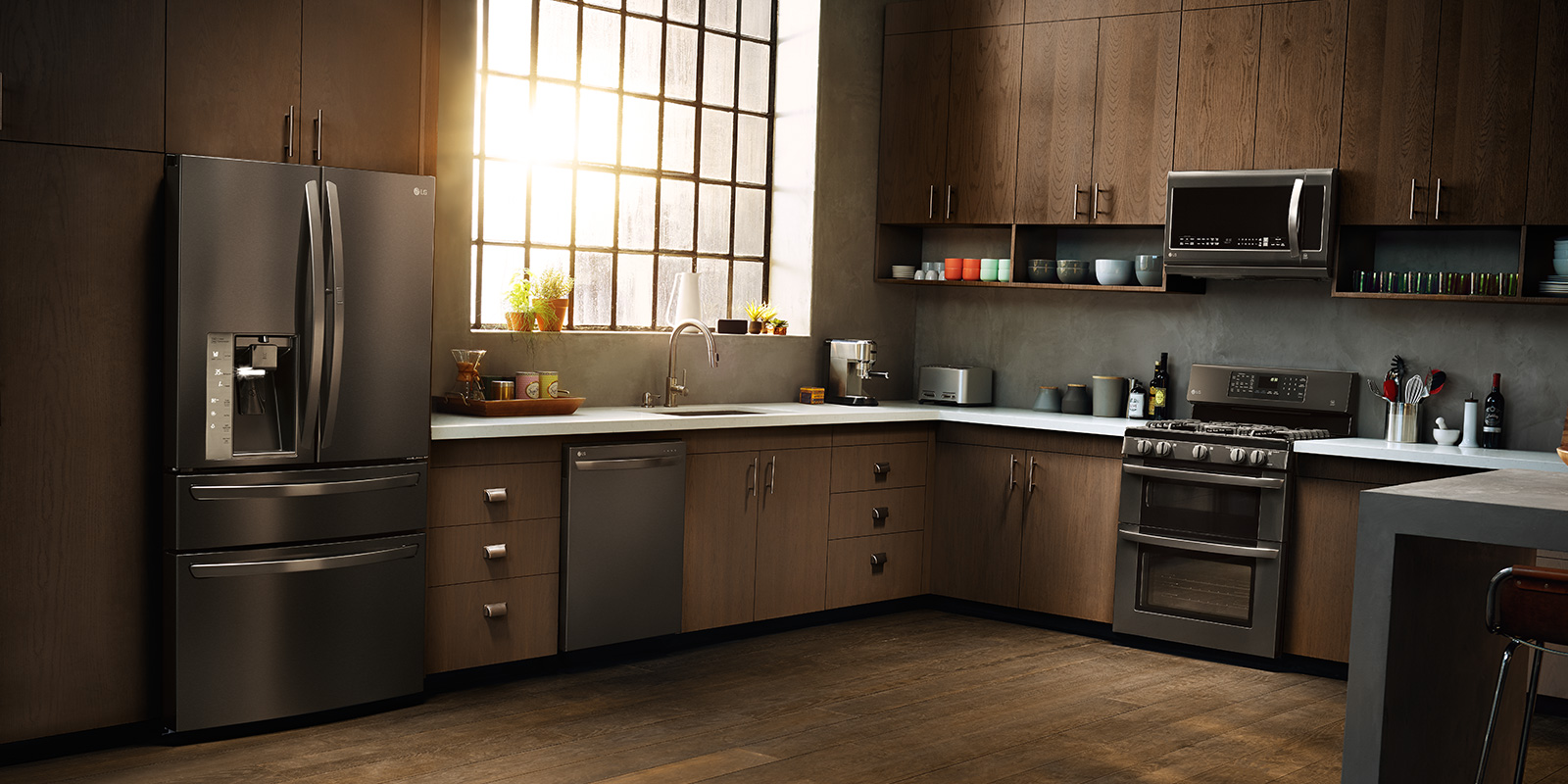7 Frequent Misconceptions About Kitchen Appliances

Kitchen appliances are expensive. When you buy a new refrigerator or install a new dishwasher, it is a huge investment in your home. Just ask any real estate agent and you will hear that appliances can make a big impact on the overall value of a home. If you want to keep your appliances running properly, the first step is to learn more about how they work. Let’s take a look at 7 common myths that people have about kitchen appliances.
Myth #1: Refrigerators blow cold air to keep food cool.
Truth: The condenser actually removes hot air from your food and releases it into the room. The refrigerator doesn’t blow cold air inside. If your refrigerator isn’t getting cold and you need a refrigerator repair expert, call (714) 769-6469 to schedule an appointment.
Myth #2: A thermostat determines how much cold air blows in the refrigerator.
Truth: The refrigerator’s thermostat signals the compressor to turn on and off. At the top temperature range, the compressor comes on to cool things back down. When it reaches the bottom temperature range, it turns off and allows the temperature to naturally rise slowly. The compressor only operates at one level of power so the thermostat is actually more like a sensor.
Myth #3: When the dishwasher overflows, you need to call the plumber.
Truth: Dishwashers are intricate appliances and should only be repaired by dishwasher repair professionals with adequate training. Plumbers focus on waterline issues and are not trained to repair dishwashers.
Myth #4: If there is water in the bottom of your dishwasher, it is broken.
Truth: Your dishwasher should have some water in the bottom when you unload the dishes. This water is left behind to keep the seals moist so they don’t crack and leak. When you wash a new load of dishes, the old water drains out and fresh water comes in for washing the dishes.
Myth #5: The pump shoots waters into the dishwasher.
Truth: The pump is actually used for draining the dishwasher. When you fill it up, a water valve opens and your home’s water pressure pushes the water inside.
Myth #6: The float inside the dishwasher determines how high the water rises.
Truth: An automatic timer determines how long the dishwasher fills. The little float just signals the dishwasher to shut off if there is a problem and the water level rises too high.
Myth #7: The oven’s level of electric current changes based on the thermostat setting.
Truth: An oven’s temperature varies constantly. When you set it to 350, it will constantly move between 325 and 375 to hit an average of 350 degrees. The electric current comes on until it hits 375 degrees and then shuts off until it cools back down to 325. If your oven is not keeping the correct temperature, you may need to call a oven repair technician.
